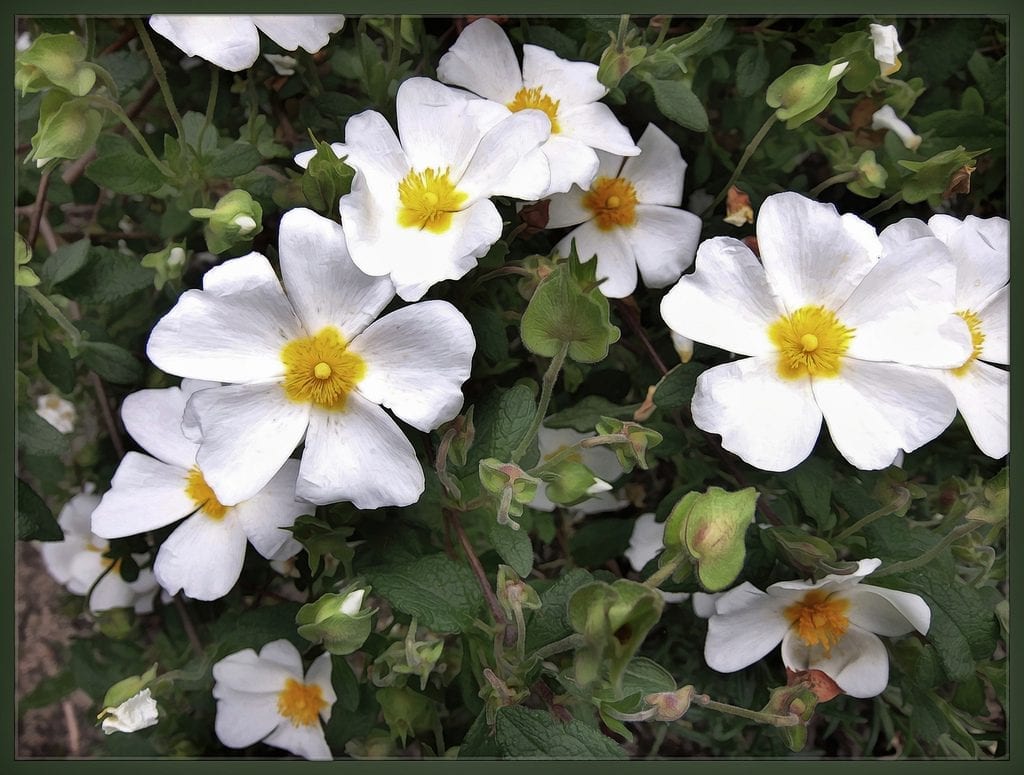
Image - Flickr / Daniel Arrhakis
El Cistus salviifolius It is a low-rise shrub that, in addition to being very decorative, has medicinal properties that are really beneficial for human health. Its maintenance is quite simple, since it resists drought and frost.
So if you notice that your garden or patio is in need of a cheerful plant, next I'm going to tell you about this wonderful bush.
Origin and characteristics
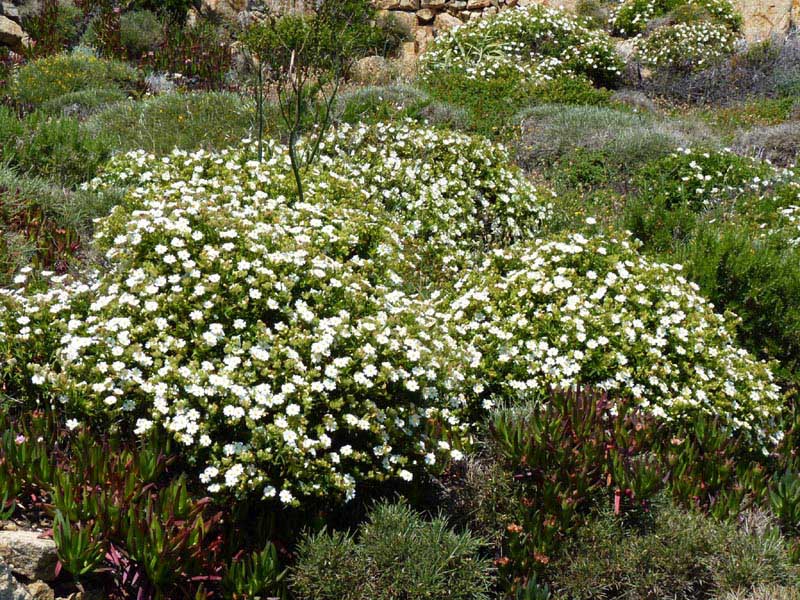
Image - Wikimedia / Ghislain118
Our protagonist is an evergreen shrub native to the Mediterranean, the Iberian Peninsula and northwest Africa, growing in pine, cork and holm oak groves. Its scientific name is Cistus salviifolius. It is popularly known as black rockrose or black steppe. Reaches a height of up to one meter, with spreading branches with greyish or blackish bark.
The leaves are opposite, rough, and have villi on the upper surface and a single longitudinal vein on the underside. The inflorescences, which sprout in spring (from March to May in the northern hemisphere), are made up of 2-10 white flowers with five petals that have a yellow spot at the base. The fruit is a globose capsule.
What are their cares?

Image - Wikimedia / H. Zell
If you want to have a copy, we recommend that you provide it with the following care:
Location
El Cistus salviifolius it is a bush that must be abroad, receiving direct sunlight if possible throughout the day, otherwise it will have poor growth and may not bloom or its flowers may not open.
Earth
- Flower pot: we will not have to complicate much with this. With universal cultivation substrate, the one they sell in any nursery or in this link, It will be enough.
- Garden: grows on siliceous soils, light, and with good drainage.
Irrigation
The frequency of irrigation will vary as the seasons go by. Thus, while in summer we will water frequently, the rest of the year the water needs of the plant will decrease. To this we must add that it resists drought well; not in vain, it is adapted to living in xeric conditions (with little water), but it does not tolerate waterlogging.
Starting from this, It is advisable to water the black rockrose 2 or 3 times a week during the hottest and driest season of the year, and every 4 or 5 days the rest. In the case of having it in the garden, from the second year on we will be able to space out the waterings more and more.
Subscriber
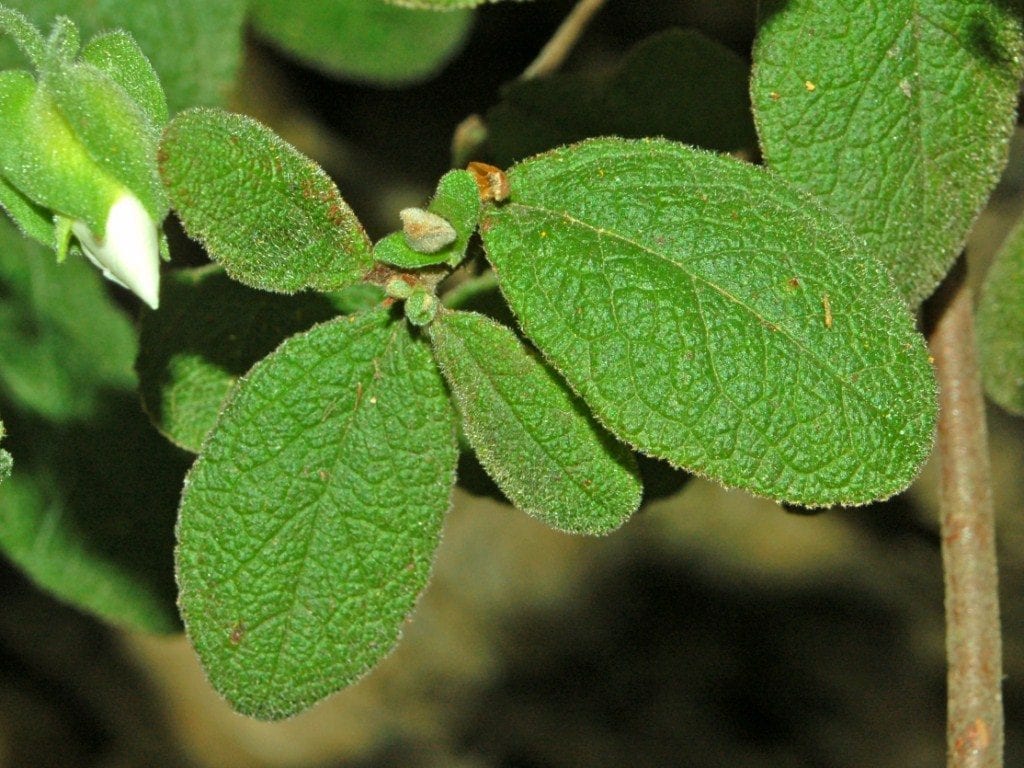
Image - Wikimedia / Hectonichus
From early spring to late summer (we can continue until autumn if the weather is mild or warm) we will pay the Cistus salviifolius with Organic fertilizersand guano or cow manure for example.
It is also very, very good chicken manure or chicken manure, but if we can get it fresh we will let it dry in the sun for a few days because if it is, like the one that says, "freshly made", it could burn the roots.
Pruning
In principle it does not need pruning, but at the end of winter, dry, diseased or weak branches should be removed, and those that are growing too much should be trimmed. We will use for it pruning shears for thin branches, and a small hand saw for thicker ones, 2cm or more.
Multiplication
El Cistus salviifolius multiplies by seeds in spring and by cuttings after flowering. Let's see how to proceed in each case:
Seeds
- The first thing we will do is fill a pot of about 10,5cm in diameter with universal growing substrate, mixed or not with 30% perlite.
- Then, we will water it conscientiously and place a maximum of two seeds on its surface.
- Next, we will cover them with a thin layer of substrate, and we will water again, this time with a sprayer.
- Then, on a label we will put the scientific name and the sowing date, to have a germination control, and we will introduce it in the pot.
- Finally, we will place said pot outside, in full sun.
If everything goes fine, they will germinate in about 2 to 3 weeks, maximum one month.
Cuttings
To multiply it by cuttings, you just have to cut a branch of semi-hard wood that measures about 20-30cm long, impregnate the base with homemade rooting agents or liquid rooting hormones (like this one we can buy here), and plant it in a pot with vermiculite.
Plagues and diseases
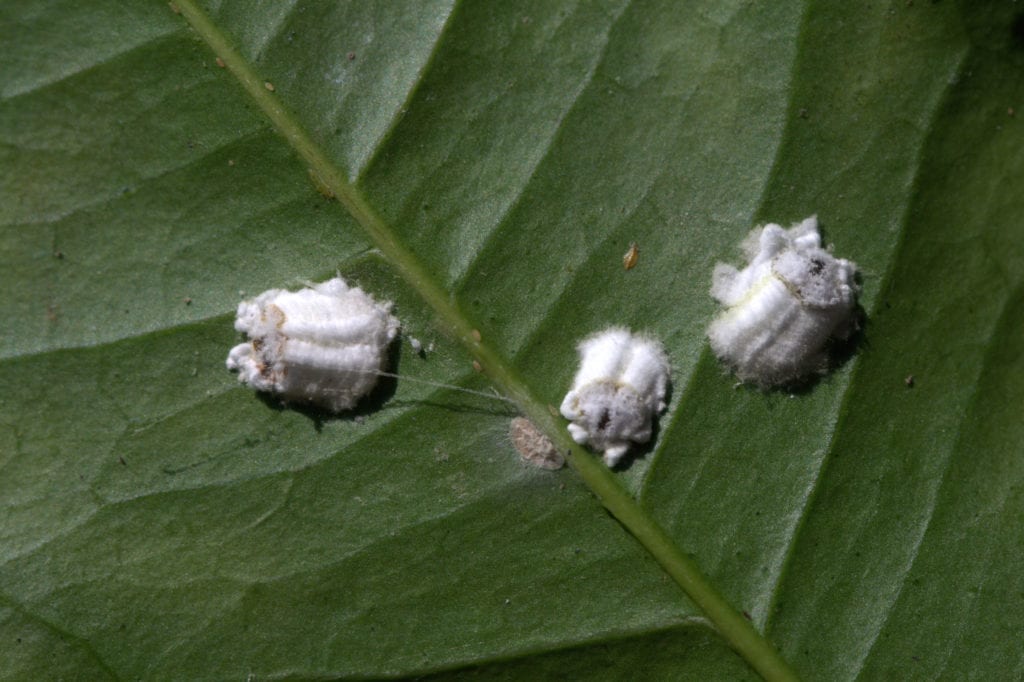
El Cistus salviifolius it is a very resistant plant both the insects that cause pests and the microorganisms responsible for diseases. Now, if the growing conditions are not adequate, it may have some cochineal, aphid o Red spider, without forgetting the mushrooms when humidity or watering is excessive.
Insects can be removed by hand or with a brush soaked in pharmacy alcohol, fungi with fungicide.
Rusticity
It resists well cold and weak frosts of up to -5ºC, but if the weather is warmer it will be better.
What uses does it have?
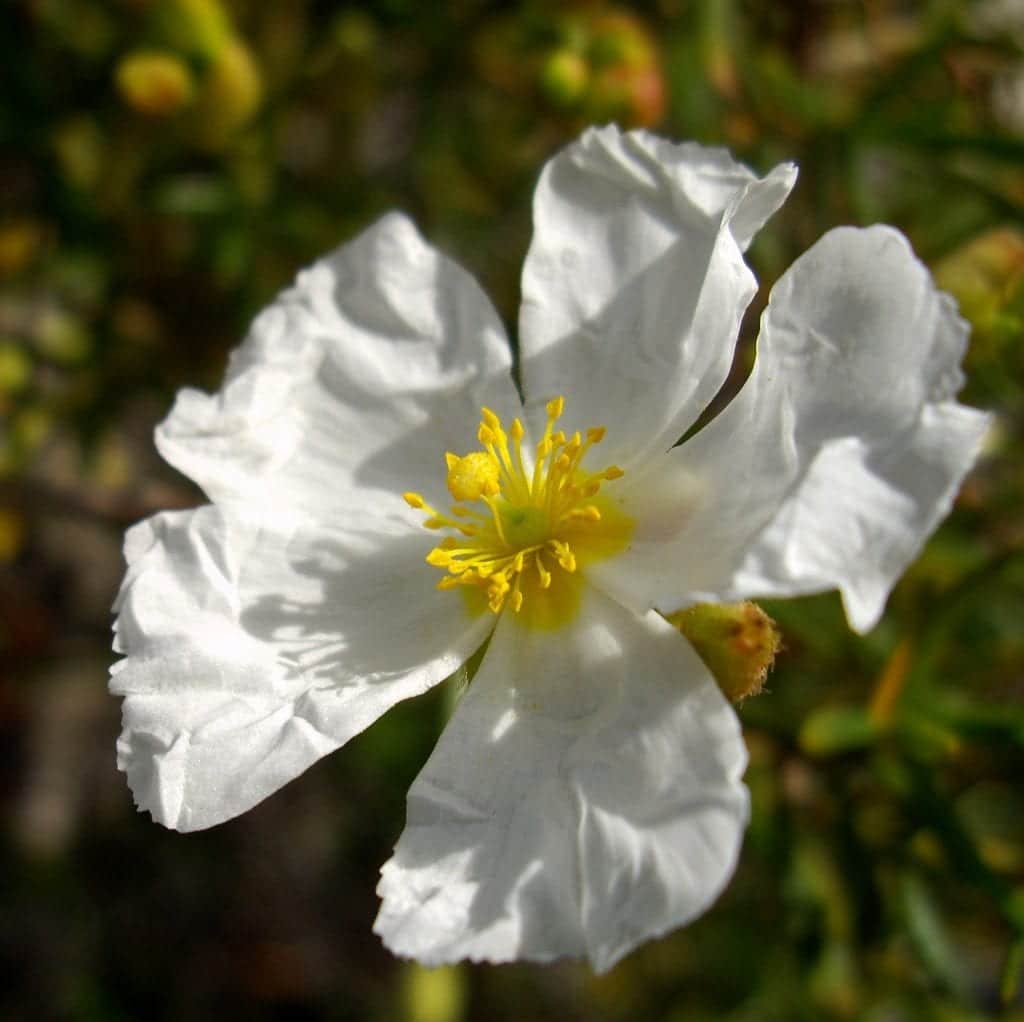
Image - Flickr / Salomé Bielsa
Ornamental
It is used as a garden or patio plant. In hedges, as an isolated specimen, or in groups. The reality is that it looks great anywhere 🙂.
Medicinal
Has analgesic and anti-inflammatory properties, so it comes in handy when we feel pain in any part of the body or some part of it has become inflamed / swollen.
What did you think of the Cistus salviifolius?